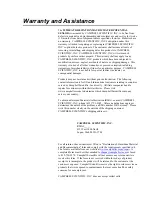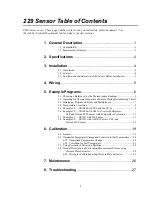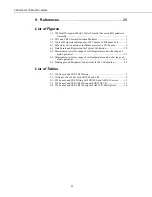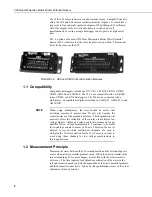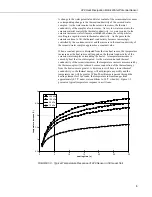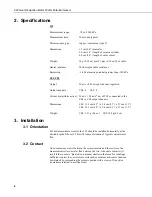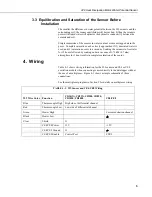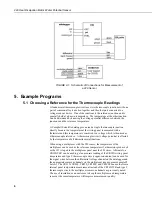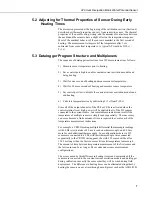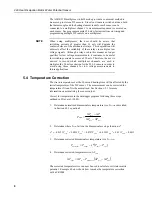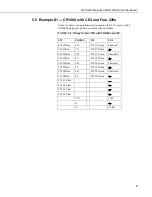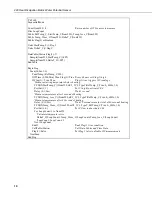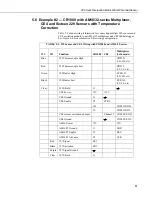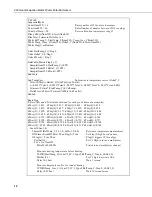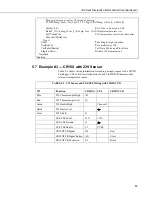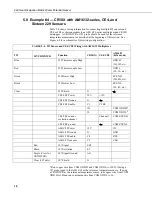
229 Heat Dissipation Matric Water
Potential Sensor
1. General Description
The 229 Heat Dissipation Matric Water Potential Sensor uses a heat dissipation
method to indirectly measure soil water matric potential. The active part of the
229 Soil Water Potential Sensor is a cylindrically-shaped porous ceramic body.
A heating element which has the same length as the ceramic body is positioned
at the center of the cylinder. A thermocouple is located at mid-length of the
ceramic and heating element. The position of the heating element and the
thermocouple is maintained by placing both inside a hypodermic needle. This
also protects the delicate wires. The volume inside the needle which is not
occupied by wiring is filled with epoxy.
FIGURE 1-1. A 229 Heat Dissipation Matric Water Potential Sensor is shown at the top. The
hypodermic assembly (without epoxy and ceramic) is shown just below. Cutaway view shows
longitudinal section of the needle with heater and thermocouple junction.
The ceramic cylinder has a diameter of 1.5 cm and a length of 3.2 cm. Three
copper wires and one constantan wire, contained in a shielded, burial-grade
sheath provide a path for connection to measuring instrumentation. An epoxy
section which is the same diameter as the ceramic matrix gives strain relief to
the cable.
The 229 is used to measure soil water matric potential in the range -10 kPa to
-2500 kPa. The method relies on hydraulic continuity between the soil and the
sensor ceramic for water exchange. The variability in heat transfer properties
among sensors makes individual calibration by the user a requirement. See
Section 6 for calibration information.
1
Summary of Contents for 229
Page 33: ......


